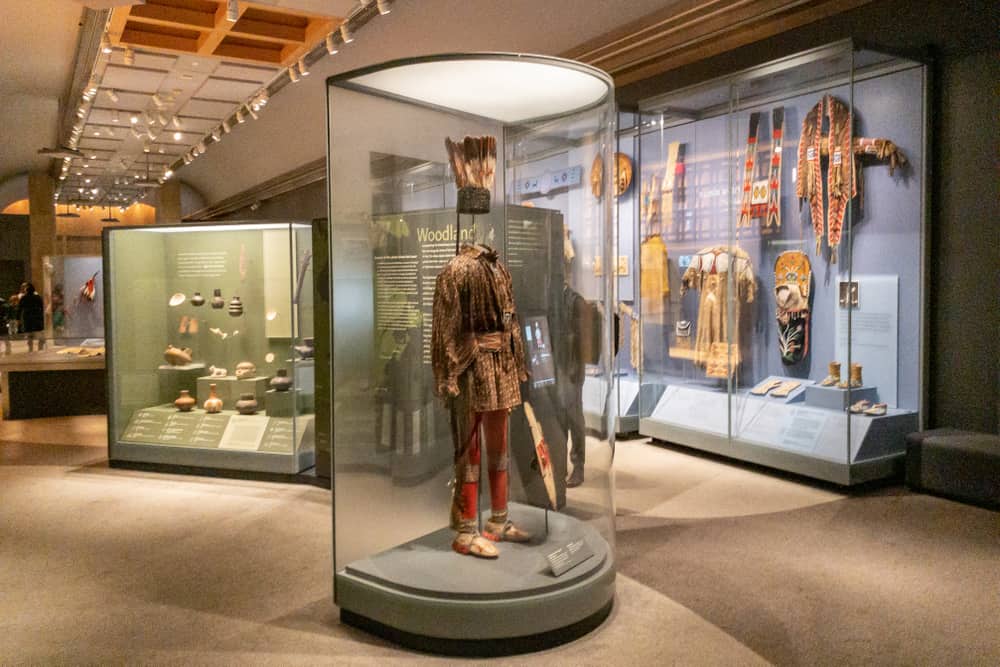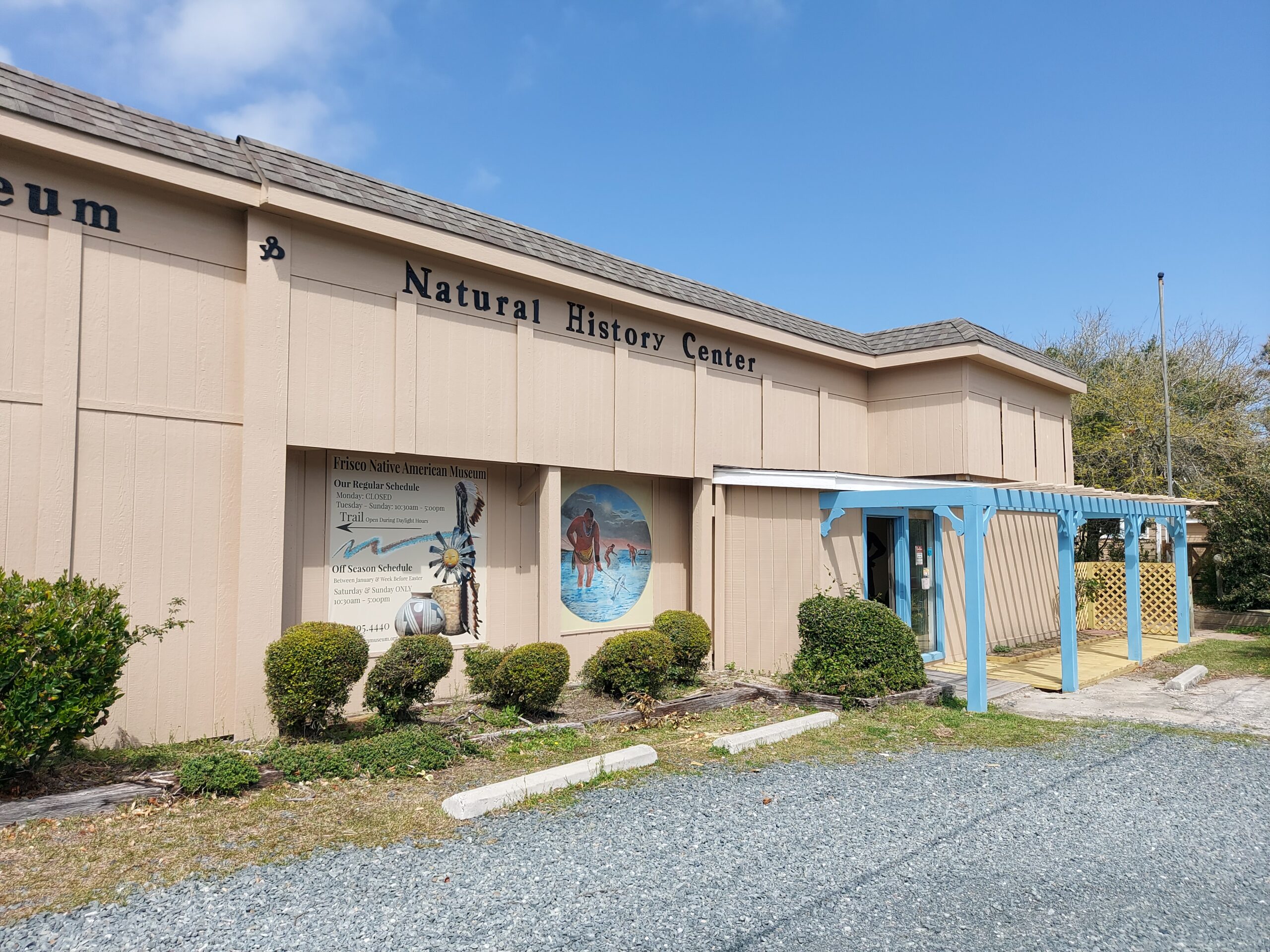
Native American Museums as Dynamic Sites for Academic Research
Native American museums, far from being mere static repositories of historical artifacts, have evolved into dynamic and multifaceted institutions that offer profound opportunities for academic research across a wide spectrum of disciplines. These museums, which encompass tribal cultural centers, national institutions, and university collections, serve as critical sites for the preservation, interpretation, and revitalization of Indigenous cultures, histories, and knowledge systems. For scholars, they represent living archives, community hubs, and crucial platforms for decolonization, self-representation, and the ethical engagement with Indigenous peoples and their heritage. This article delves into the various dimensions of Native American museums as rich grounds for academic inquiry, highlighting key research areas, methodologies, and ethical considerations.
The Evolving Landscape of Native American Museums
Historically, many collections of Native American artifacts were amassed by non-Indigenous individuals and institutions, often through exploitative means during periods of colonization and "salvage anthropology." These early collections were frequently presented within a Western framework, perpetuating stereotypes, objectifying Indigenous peoples, and divorcing objects from their cultural contexts. Academic research on these early collections often focused on taxonomic classification, material analysis, or art historical perspectives that largely ignored Indigenous voices and interpretations.
A pivotal shift began in the latter half of the 20th century, driven by Indigenous self-determination movements. This era witnessed the establishment of numerous tribal museums and cultural centers, such as the Mashantucket Pequot Museum & Research Center or the Heard Museum (which, though not tribal, has significant Indigenous leadership and programming). These institutions were founded on principles of Indigenous governance, cultural affirmation, and the right to self-representation. Concurrently, national institutions like the Smithsonian’s National Museum of the American Indian (NMAI), established in 1989, emerged with a mandate to work in collaboration with Native communities, emphasizing Indigenous perspectives in curation and interpretation.

This evolution has created a diverse landscape for research:
- Tribal Museums and Cultural Centers: These are often community-led, focusing on local histories, languages, and traditions, serving as vital resources for cultural revitalization and local knowledge.
- National/Regional Institutions: Larger museums with extensive collections that engage with multiple tribal nations, often serving as significant public education platforms.
- University and Academic Collections: Collections housed within universities, often used for teaching and research, increasingly grappling with their colonial legacies and ethical responsibilities.
Key Areas of Academic Research
The richness of Native American museums provides fertile ground for interdisciplinary academic research:
1. Repatriation and NAGPRA Studies:

The Native American Graves Protection and Repatriation Act (NAGPRA) of 1990 in the United States, along with similar legislation and policies in Canada and other nations, revolutionized museum practice. Research in this area examines:
- Legal and Ethical Frameworks: Analysis of NAGPRA’s implementation, its successes, limitations, and the ongoing challenges in identifying lineal descendants and culturally affiliated tribes.
- Impact on Indigenous Communities: Studies on how repatriation impacts cultural revitalization, spiritual healing, and the reassertion of sovereignty.
- Museum Transformation: How repatriation processes force museums to re-evaluate collection policies, deaccessioning practices, and relationships with Indigenous communities.
- International Comparisons: Comparative studies of repatriation efforts globally, examining best practices and common challenges.
2. Decolonization of Museum Practice and Theory:
A central theme in contemporary museum studies is the decolonization of institutions. Researchers investigate:
- Curatorial Practices: How Indigenous curators and scholars are challenging Western epistemologies in exhibition design, object interpretation, and narrative construction.
- Indigenous Methodologies: The development and application of Indigenous research methodologies within museum contexts, emphasizing relationality, reciprocity, and community-based participatory research.
- Voice and Authority: Shifting power dynamics, where Indigenous voices are prioritized, and museums move from speaking about Indigenous peoples to facilitating Indigenous peoples to speak for themselves.
- Challenging the "Colonial Gaze": Analyzing how museums can dismantle stereotypes and present nuanced, complex, and contemporary portrayals of Indigenous cultures.
3. Cultural Preservation and Revitalization:
Native American museums are critical for the survival and resurgence of Indigenous cultures. Research focuses on:
- Language Revitalization: The role of museums in documenting, preserving, and teaching Indigenous languages through archives, exhibits, and educational programs.
- Traditional Arts and Knowledge: Studies on the preservation of traditional crafts, ceremonies, oral histories, and ecological knowledge, often facilitated through cultural demonstrations, workshops, and intergenerational learning.
- Intangible Cultural Heritage: Research into how museums can effectively steward and present intangible cultural heritage, such as stories, songs, and spiritual practices, which often do not fit traditional object-based museum models.
4. Material Culture, Art History, and Archaeology:
While traditional approaches remain, new perspectives emerge:
- Provenance and Object Biography: Tracing the full life history of objects, from their creation and use within Indigenous communities to their acquisition by museums and their potential return.
- Indigenous Aesthetics and Art Theory: Exploring Indigenous concepts of art, beauty, and craftsmanship, challenging Western art historical classifications.
- Contemporary Indigenous Art: The role of museums in showcasing and supporting contemporary Native American artists, bridging tradition and innovation.
- Ethnoarchaeology and Community Archaeology: Collaboration between archaeologists and Indigenous communities to interpret archaeological sites and collections in culturally appropriate ways.
5. Indigenous Knowledge Systems (IKS) and Epistemology:
Native American museums are increasingly becoming sites for the recognition and integration of IKS. Research areas include:
- Integration of IKS: How museums can incorporate Indigenous scientific, ecological, and philosophical knowledge into their interpretive frameworks, challenging the singular authority of Western science.
- Epistemological Pluralism: Exploring how different ways of knowing can coexist and enrich museum narratives and research paradigms.
- Data Sovereignty: Examining Indigenous communities’ rights to control and own their cultural data, including museum collections and digital representations.
6. Public Education, Reconciliation, and Social Justice:
Museums play a crucial role in shaping public understanding and promoting reconciliation. Research investigates:
- Audience Engagement: The effectiveness of museum programs in educating non-Indigenous publics about Indigenous histories, cultures, and contemporary issues.
- Truth and Reconciliation: How museums contribute to national and international reconciliation efforts by addressing historical injustices and promoting mutual understanding.
- Museums as Sites of Activism: The role of museums in fostering social justice initiatives and advocating for Indigenous rights.
Methodologies and Ethical Considerations for Researchers
Academic research involving Native American museums demands rigorous ethical engagement and often requires adopting Indigenous-informed methodologies.
1. Indigenous Research Methodologies:
Researchers are increasingly adopting approaches that prioritize Indigenous ways of knowing and being. Key principles include:
- Relationality: Recognizing the interconnectedness of all things and building respectful, reciprocal relationships with Indigenous communities.
- Reciprocity: Ensuring that research benefits the community and is not extractive.
- Respect: Honoring Indigenous protocols, knowledge, and sovereignty.
- Responsibility: Acknowledging the ethical obligations of the researcher to the community.
- Community-Based Participatory Research (CBPR): Collaborating with communities at every stage of the research process, from question formulation to dissemination of findings.
2. Ethical Protocols and Institutional Review Boards (IRBs):
Beyond standard university IRB requirements, researchers must seek:
- Tribal Council Approval: Formal permission from tribal governments or cultural committees for research conducted on tribal lands or involving tribal members/heritage.
- Cultural Protocols: Adherence to specific cultural guidelines regarding access to sacred objects, sensitive information, or the use of images.
- Data Sovereignty Agreements: Ensuring that Indigenous communities maintain control over the data generated from research, including ownership, access, and usage rights.
3. Interdisciplinarity:
Effective research in Native American museums often draws from a range of disciplines, including anthropology, history, art history, museum studies, Indigenous studies, law, sociology, education, and cultural geography. This interdisciplinary approach allows for a holistic understanding of complex issues.
4. Critical Self-Reflection:
Researchers, particularly non-Indigenous scholars, must engage in critical self-reflection regarding their positionality, biases, and the potential impact of their research. This includes acknowledging the colonial legacies that shaped many museum collections and being mindful of the power dynamics inherent in academic research.
Challenges and Future Directions
Despite significant progress, Native American museums and the research they facilitate face ongoing challenges:
- Funding and Resources: Many tribal museums, in particular, operate with limited budgets, impacting their capacity for preservation, research, and programming.
- Capacity Building: The need for more Indigenous professionals in museum leadership, curation, and conservation roles.
- Digital Divide: Bridging the gap in digital infrastructure and expertise to facilitate online access to collections and virtual cultural programming.
- Addressing Historical Trauma: Developing museum practices that acknowledge and help communities heal from the impacts of historical trauma.
Future directions for academic research will likely include further exploration of digital humanities in Indigenous contexts, the role of virtual reality and augmented reality in cultural education, global Indigenous collaborations in museum practice, and deeper engagement with the ethical implications of AI and big data in relation to Indigenous cultural heritage.
Conclusion
Native American museums have transformed into vital centers for cultural perpetuation, education, and critical academic inquiry. They challenge traditional museum paradigms, foregrounding Indigenous voices, epistemologies, and self-determination. For academics, these institutions offer unparalleled opportunities to engage with complex questions of history, identity, sovereignty, and justice. By adopting ethical, community-centered, and interdisciplinary approaches, researchers can contribute meaningfully to the ongoing decolonization of knowledge and support the vital work of Native American museums in preserving and revitalizing Indigenous cultures for future generations. The scholarship emerging from these sites is not only enriching academic discourse but is also actively contributing to a more just and equitable understanding of Indigenous peoples within the global cultural landscape.


